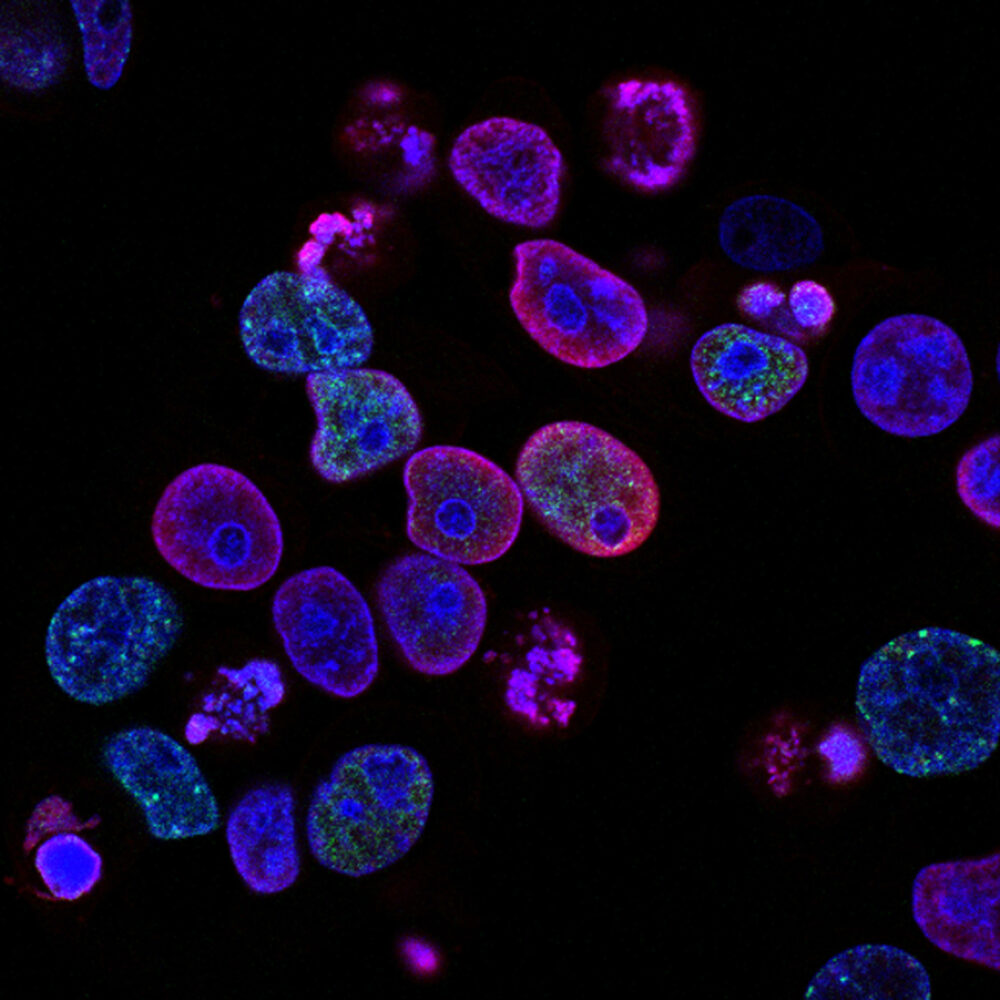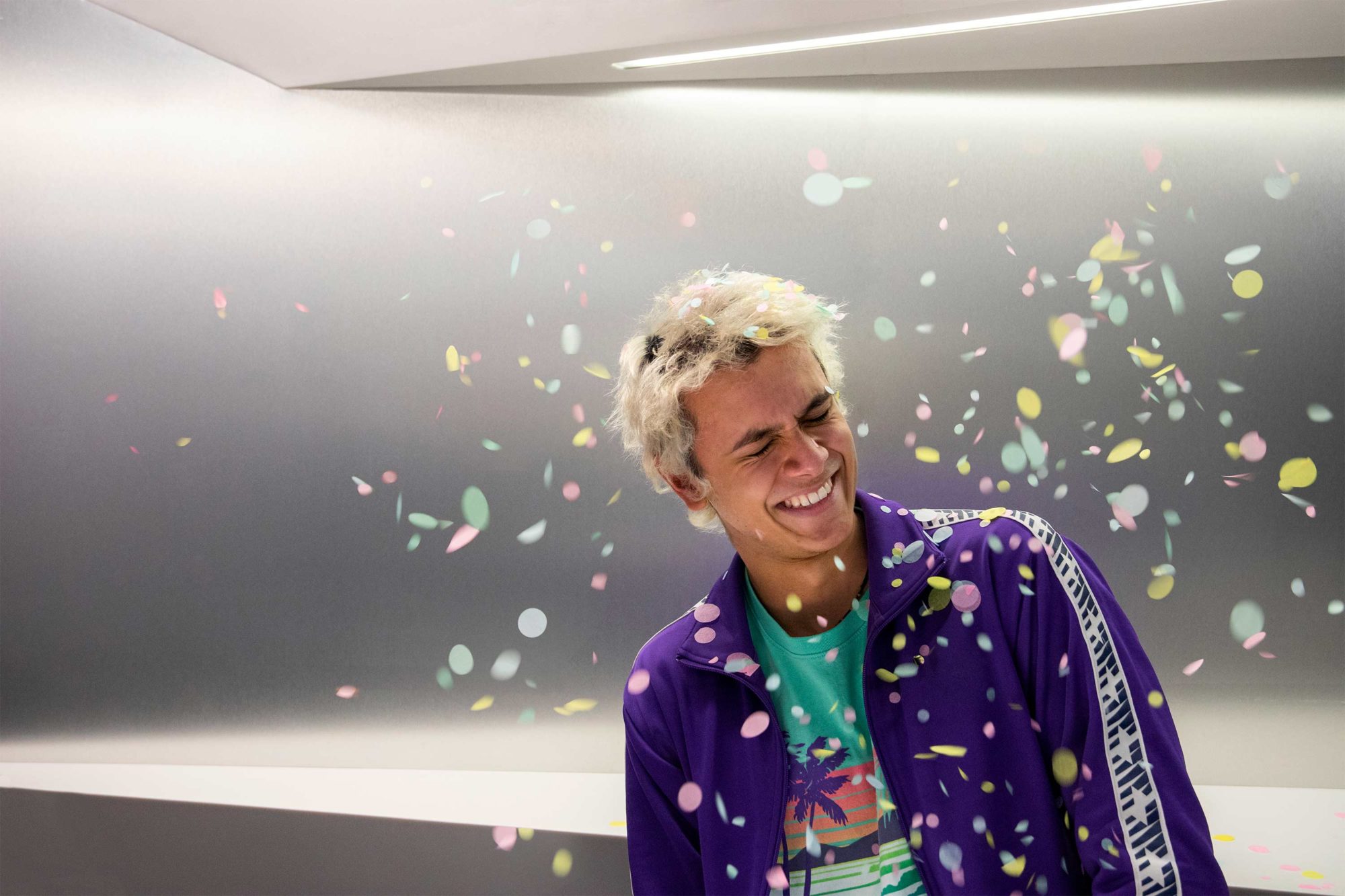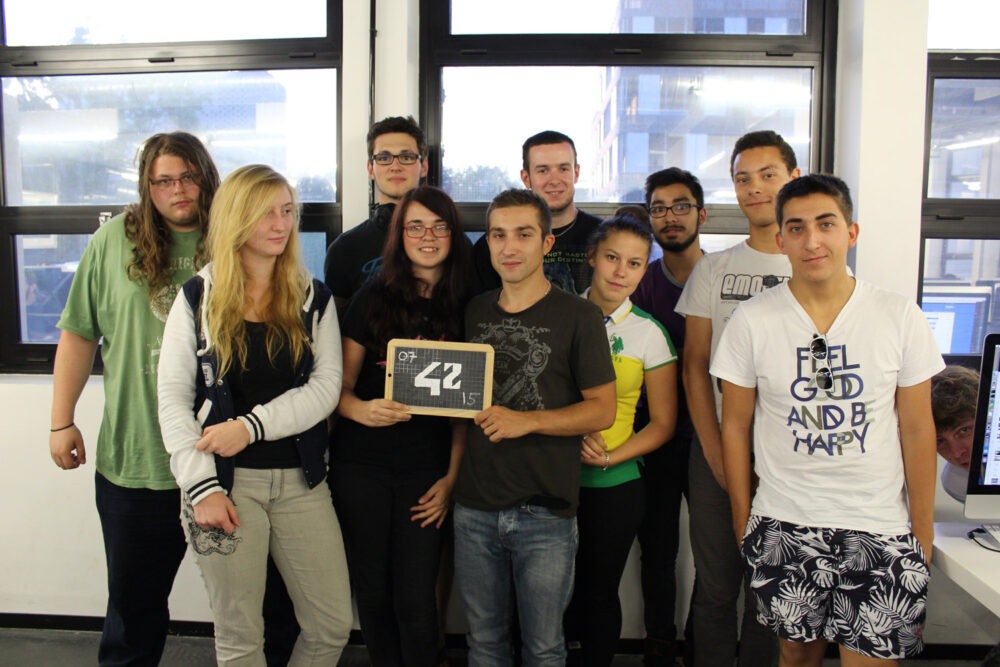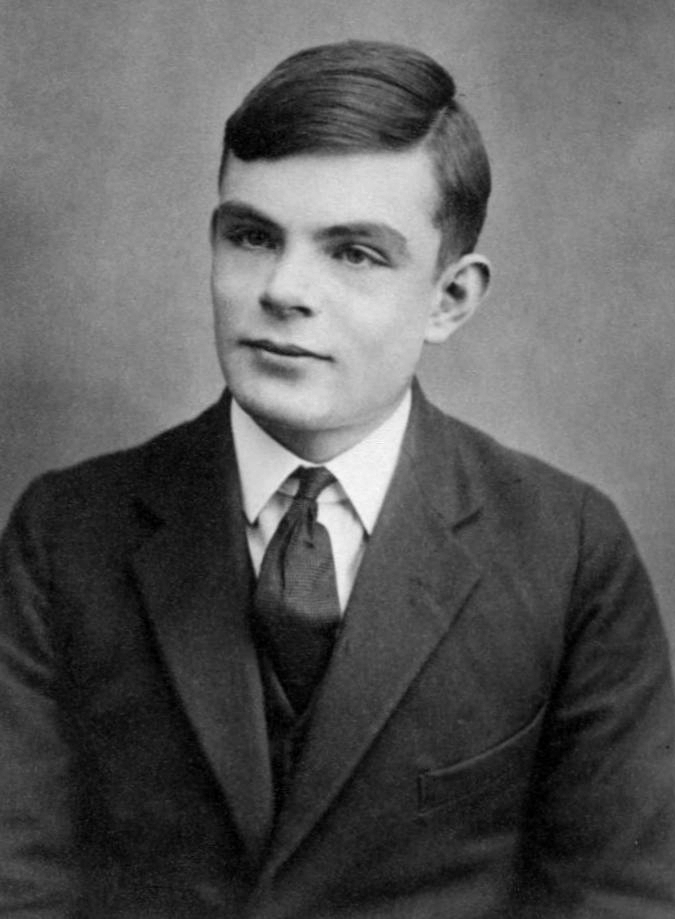The content
A curriculum in two main parts
The core curriculum: 18 months to acquire the basics
The curriculum at 42 starts with the core curriculum. This experience sets the base for minimum skills, both human and technical. Following each student’s personal pace, it lasts a maximum of 18 months and lets students learn C programming, develop simple software using classic algorithms, discover access to the file system, and learn management of the UNIX process. It also includes a simple first approach to network architecture as well as system administration. The program also offers oriented programming and a client-server project. The core curriculum is the same on each and every campus in the network 42. Once you’ve completed this part, you can join intercampus and exchange projects.
The second part: Pick your specialty, choose your pace
The second part of the curriculum tackles classical digital and programming fields such as artificial intelligence, cyber security and mobile application development. It focuses on project group work and collaboration as well as neutrality towards brands, technologies and languages in order to develop the adaptation skills of our students and help them avoid the fatal obsolescence that strikes the digital market from time to time. Students are free to pick the domains they want to explore. This helps them diversify their skills and expertise. This part of the curriculum also includes internships and occasional projects with exclusive partners, other schools and even an entrepreneurial program. It’s up to the students to decide when they stop the curriculum to become Alumni.













